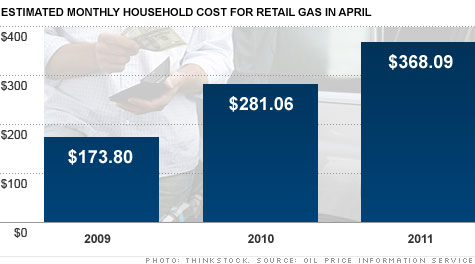patrick.net
An Antidote to Corporate Media
1,302,802 comments by 15,501 users - Al_Sharpton_for_President, stereotomy online now
« First « Previous Comments 82 - 89 of 89 Search these comments
I really hate to jump in here, but I think the culmination was not in the Harrison Act (1914), but in the 18th amendment (1919).
Although the logic of the anti-drug mania and Prohibition is pretty much the same, one important distinction is that alcohol Prohibition is politically dead, dead, dead and dead.
Users of intoxicants more exotic than alcohol will always risk finding themselves at the painful end of some sort of political mania, just as any other weirdos.
There was a huge anti-drug mania in this country prior to WW1, cumulating in the Harrison act. The problem was characterized as widespread and pervasive. People could even buy cocaine though the mail.
A few years later, alcohol was widely transported in the US, despite the Prohibition laws and the lack of an interstate highway system.
The key word is characterized. Most of the anti-drug mania was tied to the temperance mania. Again, most of the drug use was in big cities with easy access to shipping coming in. Being a drug addict in a rural area was pretty hard to do. Most people lived on farms and only visited towns occasionally.
Alcohol was much more commonly produced locally. Most of the smuggling by trucks was in a very limited area within a day's drive (200-300 miles in those days) of the Canadian border. Most came in by ship.
Look at the population distribution in the early 1900's. Most people lived on the land in rural area's. Something like 60% rural if I remember correctly. Most of the roads were terrible prior to WWI. Read about early motoring in any number of sources. The urban area's were almost all ports, which is why prohibition era alcohol moved by ship for the most part. Drugs, at least narcotics which was the main object of anti drug mania, of course had to move by ship ending up in the urban ports.
My point, which you seemed to have missed entirely, is without the interstate highway system (or at least on the roads that existed prior to WWII) the effortless distribution of drugs that started in the 1960's to every corner of America would have simply been impossible.
My point, which you seemed to have missed entirely, is without the interstate highway system (or at least on the roads that existed prior to WWII) the effortless distribution of drugs that started in the 1960’s to every corner of America would have simply been impossible.
That's simply untrue. The Sears catalog distributed goods far and wide across the nation, especially to many rural homes for whom its arrival was warmly received. From it you could buy a pound of cocaine for under $2, "horrible" roads and all. The transcontinental railroad was completed in 1869.
My point, which you seemed to have missed entirely, is without the interstate highway system (or at least on the roads that existed prior to WWII) the effortless distribution of drugs that started in the 1960’s to every corner of America would have simply been impossible.
Just about any non perishable item was available to any one who could afford it by 1900. The easiest example comes from mail order operations such as Sears and Wards. Not only were such drugs as opium and cocaine distributed through the mail but patent medicines were available in stores and sold by town to town peddlers.
Let me clarify. The current effortless ILLICIT distribution of ILLEGAL drugs would not have been possible. Everybody happy now? I know all about sears roebuck (FYI the first house I owned was a 1912 sears kit home in Castleton on Hudson, NY) and the transcontinental railroad thank you very much.
Let me clarify. The current effortless ILLICIT distribution of ILLEGAL drugs would not have been possible.
Oh, I see. Distributing legal drugs was effortless and distributing illegal drugs became tough until they built Route 666.
Maybe, if gasoline gets expensive enough, Podunkville will again get the protection it deserves.
Let me clarify. The current effortless ILLICIT distribution of ILLEGAL drugs would not have been possible. Everybody happy now? I know all about sears roebuck (FYI the first house I owned was a 1912 sears kit home in Castleton on Hudson, NY) and the transcontinental railroad thank you very much.
Tons of illegal drugs are now moved across the border via USPS parcels.
« First « Previous Comments 82 - 89 of 89 Search these comments

IMO here's your "inflation":

http://money.cnn.com/2011/05/05/news/economy/gas_prices_income_spending/index.htm?source=cnn_bin&hpt=Sbin
Everything you buy, is transported all over the place. Result of "just in time" inventory is trucks rolling half-full inefficiently because we need another 50 pairs of shoes and stretch pants shipped from distribution center right now. Expect the prices on all the little items you buy (and thus notice daily) to continue creeping up.